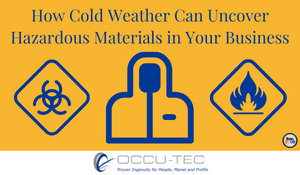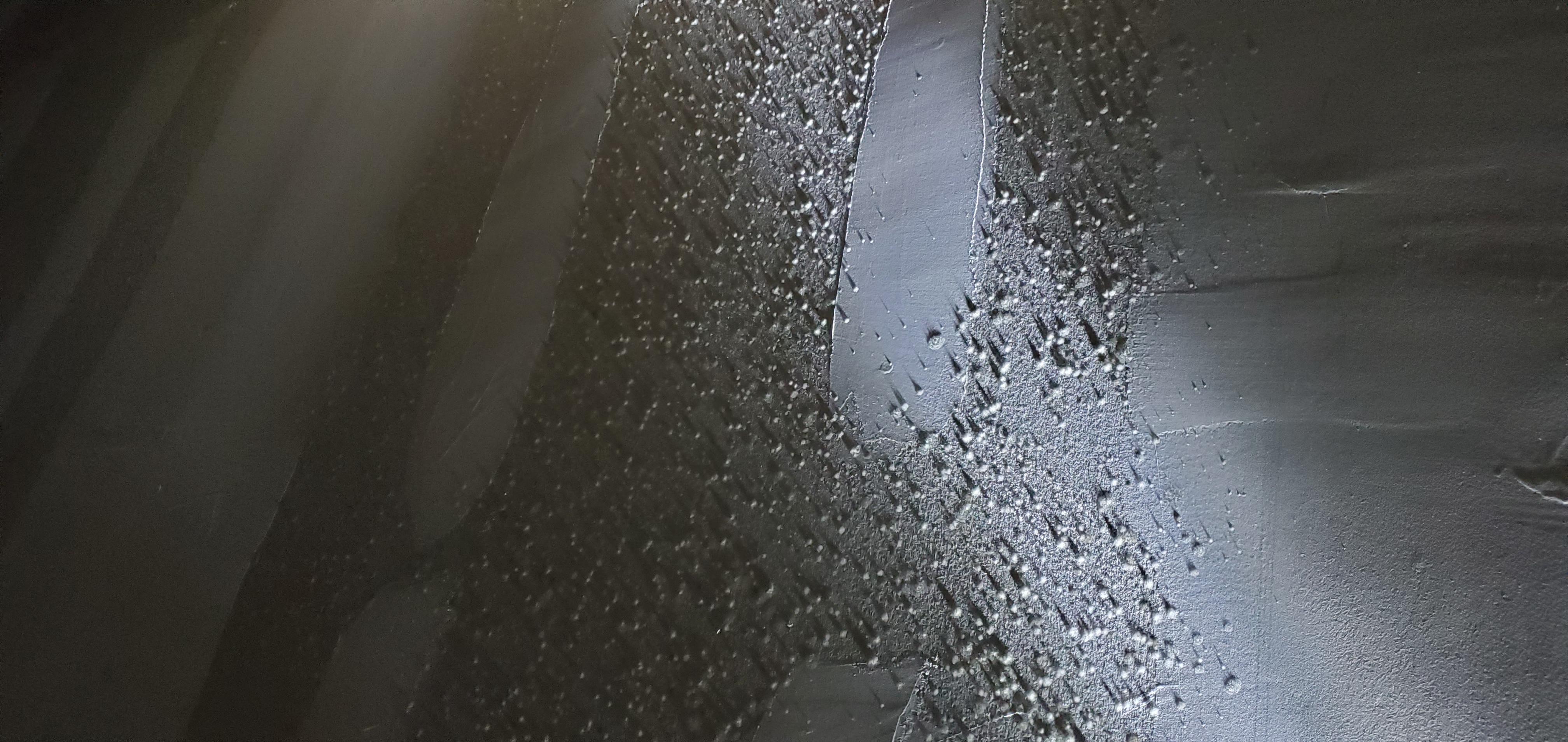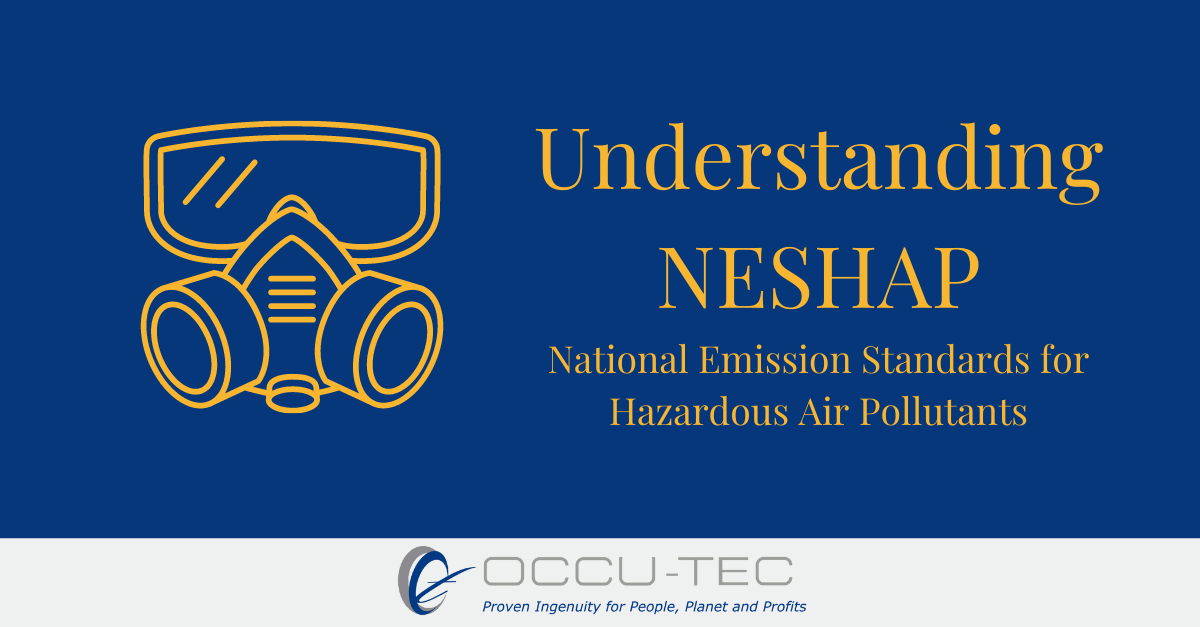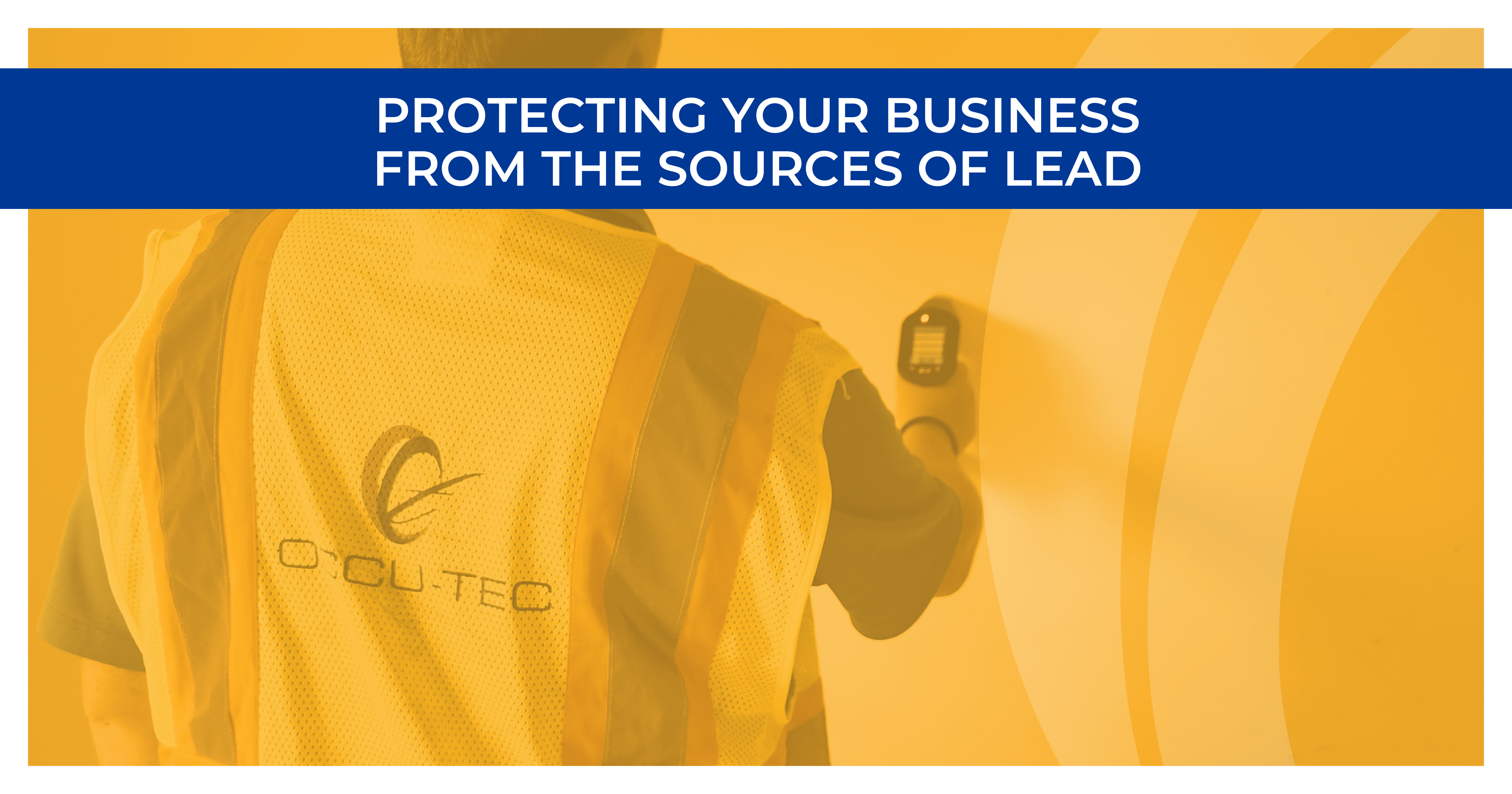2 min read
How Cold Weather Can Uncover Hazardous Materials in Your Business
 Kevin Heriford, Director of EHS
:
Jan 14, 2022
Kevin Heriford, Director of EHS
:
Jan 14, 2022

Freezing weather can lead to frozen pipes and subsequent water damage in the Midwest. For example, in February 2021, a cold front and excessive flooding caused more than 15 billion dollars in damage to structures. Property damage in multistory buildings can be substantial and cause damage to building components throughout the facility. In addition, fire suppression systems and water supply lines can be in attic spaces that are not adequately insulated or heated, leading to freezing conditions around active systems.
Water restoration companies are well versed in mitigating flood damage; however, many are not experts in potentially hazardous building materials that may be impacted. In many instances, potentially hazardous building materials have not even been identified. In most circumstances, the initial response to water damage causes contractors and building owners to have tunnel vision and forget to have required inspections before response actions.
Hazardous materials in buildings not only include containers, products, and production materials, but can often include building materials that are hidden or not commonly thought to be hazardous. A common example is asbestos. The dangers of asbestos have been well known for many years, and inspection, testing, and abatement to prevent worker exposure is common. However, many think asbestos is banned in the United States; while some products have been banned, many are still used in building materials today.
Another prime example is lead-based paint. Lead-based paint is currently banned for consumer uses, but you may have it in your facility if you have a building built before 1978. During remediation of moisture issues, mold, or water loss events, workers and potential occupants may be unknowingly exposed to lead-based paint or asbestos. Lead-based paint and asbestos are well documented and determining the presence of these materials and if mitigation activities will impact them is easy for a professional inspector.
Some building materials may contain hazardous materials that are not commonly known. Polychlorinated Biphenyls (PCBs), Per- and Polyfluoroalkyl Substances (PFAS), Mercury, and formaldehyde are some of the chemicals present in building materials. PCBs have been used in paints, mastics, other adhesives, fireproofing materials, ceiling tiles, acoustic board, and in light ballasts manufactured before 1979. PFAS have been found in roofing components, coatings, flooring, sealants, adhesives, glass, fabrics, wires, cables, tape, timber-derived products, solar panels, and artificial turf.
To prevent exposure to building tenants and workers during mitigating water loss events, you need to know the hazards are present. Identifying hazardous materials locations and quantities is crucial to proper removal and mitigation of exposure. OCCU-TEC, Inc. has extensive experience determining if these materials are present and ensuring they are properly handled during mitigation events. By inspecting the facility, noting materials when present that may contain hazardous substances and sampling, OCCU-TEC, Inc. can help prevent improper handling, exposure, and potential liability for building owners.
Curious if your business or facility is in danger this winter?




